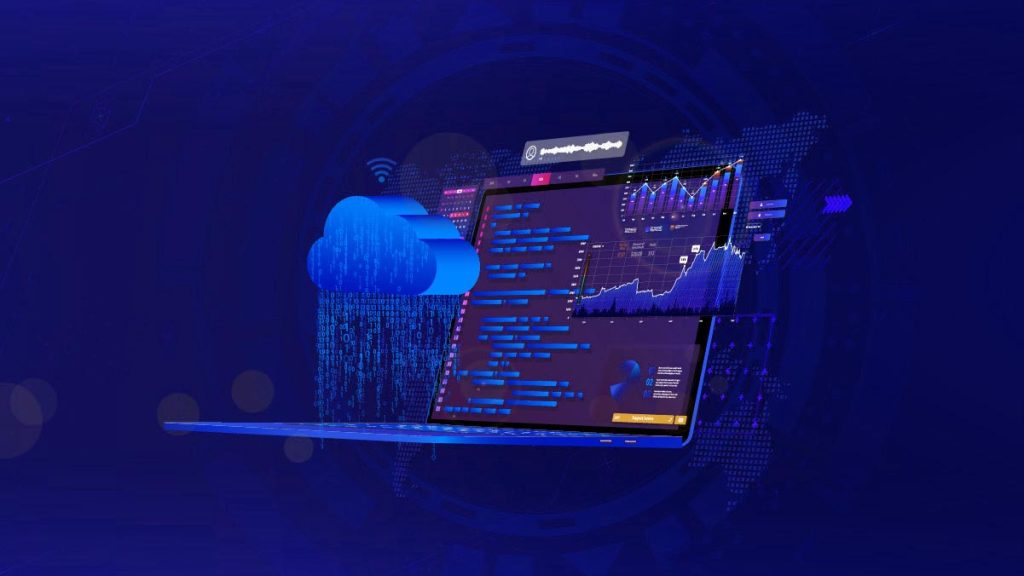
As a digital transformation agency or consultancy, delivering sustainable digital transformation solutions to clients is not as simple as teaching older office coworkers how to use Slack. It is on a meticulous company wide scale alteration to company operations that are central to its survival in the coming decades.
Businesses that are leading the discourse on inclusive growth are adamant that a competitive advantage will come from digital sustainability. We can rethink alternative outcomes, revitalize the environment, create transformative ecosystems, address inequalities, and move toward a future that is more sustainable and resilient by incorporating a sustainability lens into digital transformation. When sustainability sits at the heart of the digital core, the impact made is multiplied.
Digital sustainability is the art of developing, utilizing, and maintaining digital resources to maximize their value to business and society today and in the future. In terms of social, environmental, and financial effects, “digital sustainability” refers to the study of how a company’s digital assets contribute to sustainability.
Digital Transformation is Not Easy
Success rates for sustainable digital transformation solutions, according to McKinsey, are perhaps unaspiringly, generally pretty low.
Studies on changes over many years have revealed that less than 30% of these initiatives succeed, which is a persistently low success rate. 2 The results from this year indicate that digital transitions are even more challenging. Only 16 percent of respondents claim that the digital transformations within their firms have successfully enhanced performance and given them the tools necessary to sustain improvements over the long run. An additional 7% of respondents claim that performance improved but that the changes were short-lived.
Even digitally aware sectors like high tech, media, and telecom are having difficulty. The success percentage in these sectors is no higher than 26%. Digital transformations are more difficult in more established sectors, including as infrastructure, oil and gas, automotive, and pharmaceuticals, where success rates range from 4 to 11%.
A company’s size can also affect success rates. Respondents from companies with fewer than 100 workers are 2.7 times more likely than those from companies with more than 50,000 employees to declare a successful digital transformation. This makes perfect sense as altering the operations within a single room of people who use a limited number of tools to get the job done will always be easier than transforming an entire global conglomerate.
So what is a best practice to deliver sustainable digital transformation solutions?
Recommendations for Clients Looking for Sustainable Digital Transformation Solutions
Macro-Strategy
Reevaluate your strategy repeatedly with a future-back perspective, concentrating on how digital technology may support the development of a more sustainable future for your business and sector.
A new product or service, a new economic model, or a new operating model that directly answers the core desires of your customers.
Recognize the value of cooperation when you establish that plan. How can your business benefit all of its stakeholders, and how can you collaborate with the players in the industry’s value chain to carry out a motivating mission?
Environmentally Speaking
They make sure they can quantify their influence in areas like CO2 emissions in order to satisfy sustainability targets.
Through the use of data, businesses may implement tools and algorithms to improve processes in a way that minimizes their negative environmental effects and lays the groundwork for circular business models that aim to cut down on economic waste.
With the right information and tools, businesses may improve their capacity for decision-making and enable innovative working practices with more diverse teams and communities. These actions are essential to success, even though they may not seem surprising.
From the Employees Perspective
Employee reskilling is essential, as is the development of exciting new career options, to make sure they have the education needed to survive in the age of automation.
Forecasting tools are being used by businesses more and more to safeguard operations and improve risk management.
Based on real-time data, businesses may safeguard both staff and clients during a pandemic or other moment of extreme ambiguity and difficulties.
Concluding Thoughts
You can better understand how your company’s or client’s operations add to or detract from societal value by looking at the sorts of activities, outcomes, and social, environmental, and economic aspects of the firm. It is on you to recognize competing objectives and reevaluate your products and services, including how they are utilized and designed.
Engage more people in your value chain strategically, and encourage collaboration among stakeholders. Create the management information necessary to drive day-to-day sustainable digital transformation solutions and operations of your business, and make sure your leader ship is up to par.
And while competent leadership is paramount to success, employee skill sets should be improved, and training should be provided to enable them become implicit sustainability managers.